5 things guitarists can learn from Prince
We study the guitar playing of a bona fide creative genius
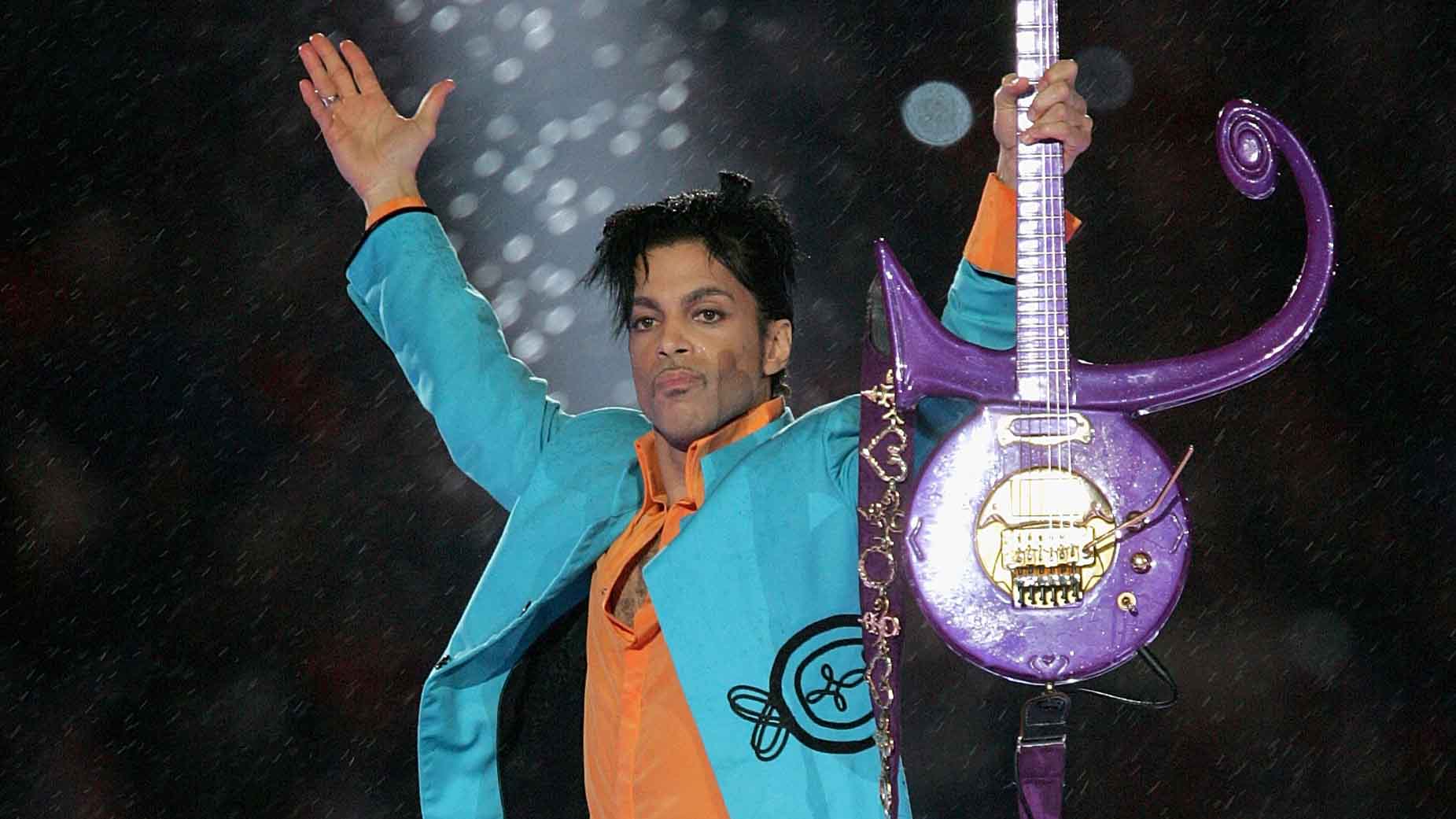
Introduction
There’s a famous Clapton anecdote; you’ve probably heard it recently. Slowhand was said to have been asked, ‘What’s it like to be the best guitar player alive?’ To which he responded, “I don’t know, ask Prince.”
But did he ever actually say that? Well, no, he didn’t. But the fact a completely fabricated quote (that’s also been attributed to Hendrix on Rory Gallagher) has been widely accepted speaks volumes about Prince Rogers Nelson, whose sudden death, aged 57, shocked the world.
In response, Clapton would pay real tribute to the late legend for pulling him out of depression in 1984, when he saw Purple Rain and was instantly re-inspired. Many were introduced to him by the title track, but the few interviews he gave rarely focused on his musicianship, especially a guitar approach that brought a remarkable Hendrix fire to his facets of James Brown funk and Little Richard showmanship.
The key to longevity is to learn every aspect of music that you can
He always played plenty of guitar, but was highly proficient in a number of instruments; a 19-year-old Prince played everything on his 1978 debut, For You.
“The key to longevity is to learn every aspect of music that you can,” he said in 2006. Prince certainly learned his lessons well, but here, we celebrate one thrilling aspect of Prince that is often overlooked: why he should be remembered as one of the greatest guitar players of all time.
Don't Miss
Donna Grantis on Prince, Paisley Park and PlectrumElectrum
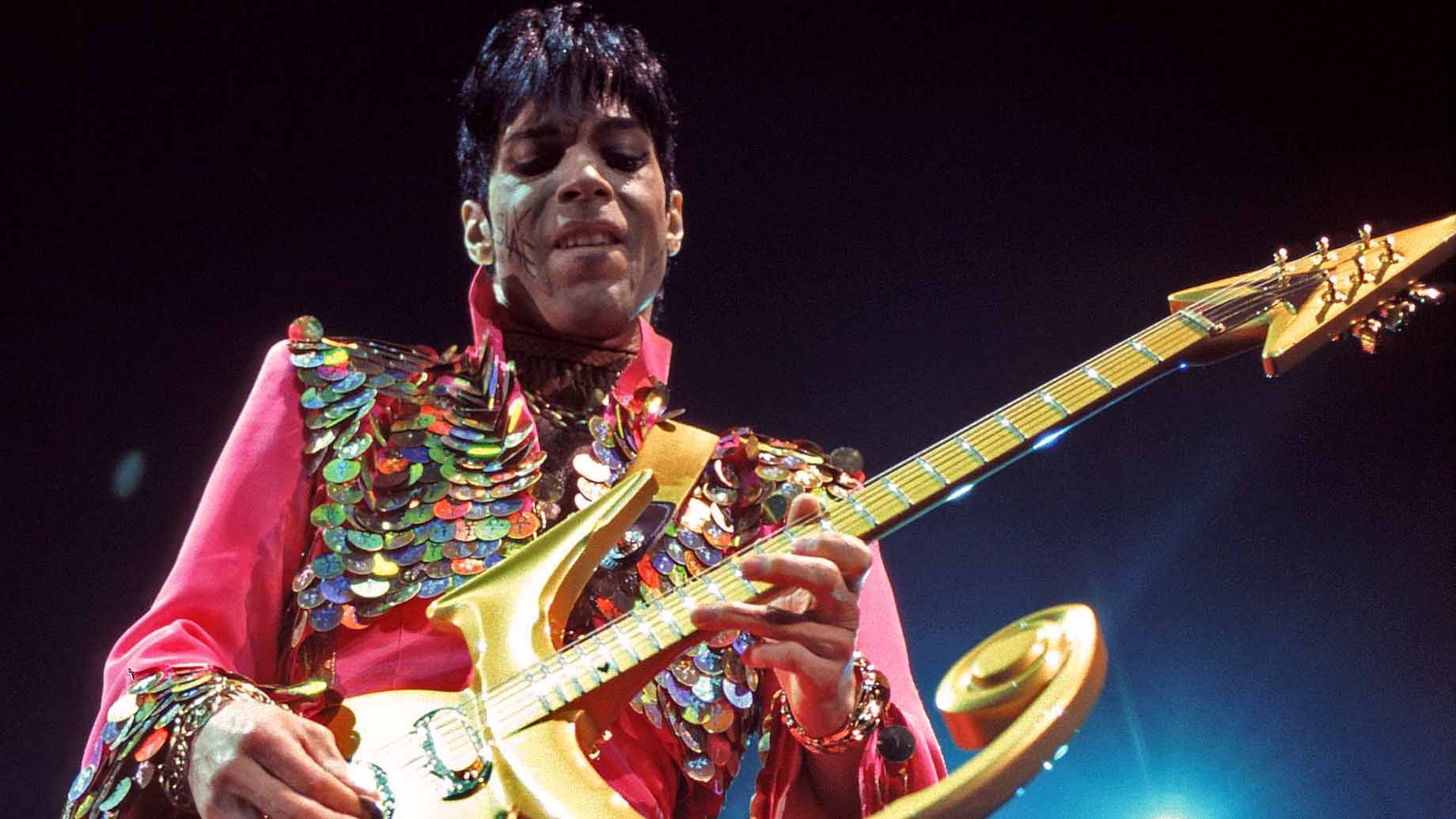
1. Develop talent with hard work
The idea that all Prince’s achievements were as effortless as his cool are a myth. Yes, he was clearly a naturally gifted musician and songwriter, but he never stopped working on his craft, which is why he will be remembered as one of the greatest live showmen of all time.
Prince put painstaking hours in behind the scenes on the world’s stages and in his Paisley Park studio; he confirmed there’s vaults of unreleased recordings, and there are even reports of him arriving to shows hours early in the '90s to personally set up the sound.
As his career progressed, his shows became looser and his musicianship became more of a showcase of his theatrical abilities, with two shows a night not uncommon as the diminutive dynamo moved from arena to intimate late-night club.
It was a reflection of a player who never stopped learning, and teaching others in the process, with his last live band, 3rdeyegirl, seeing him play rockier guitar again, too.
“One thing that I’ve learned from Prince is his amazing work ethic,” his bandmate Donna Grantis told us last year.
“Always doing your best. I think that’s a huge thing. I think, always giving your all, and putting the art first. It’s the dedication and the passion and the talent, all together. Just being so prolific. It’s really a way of life.”
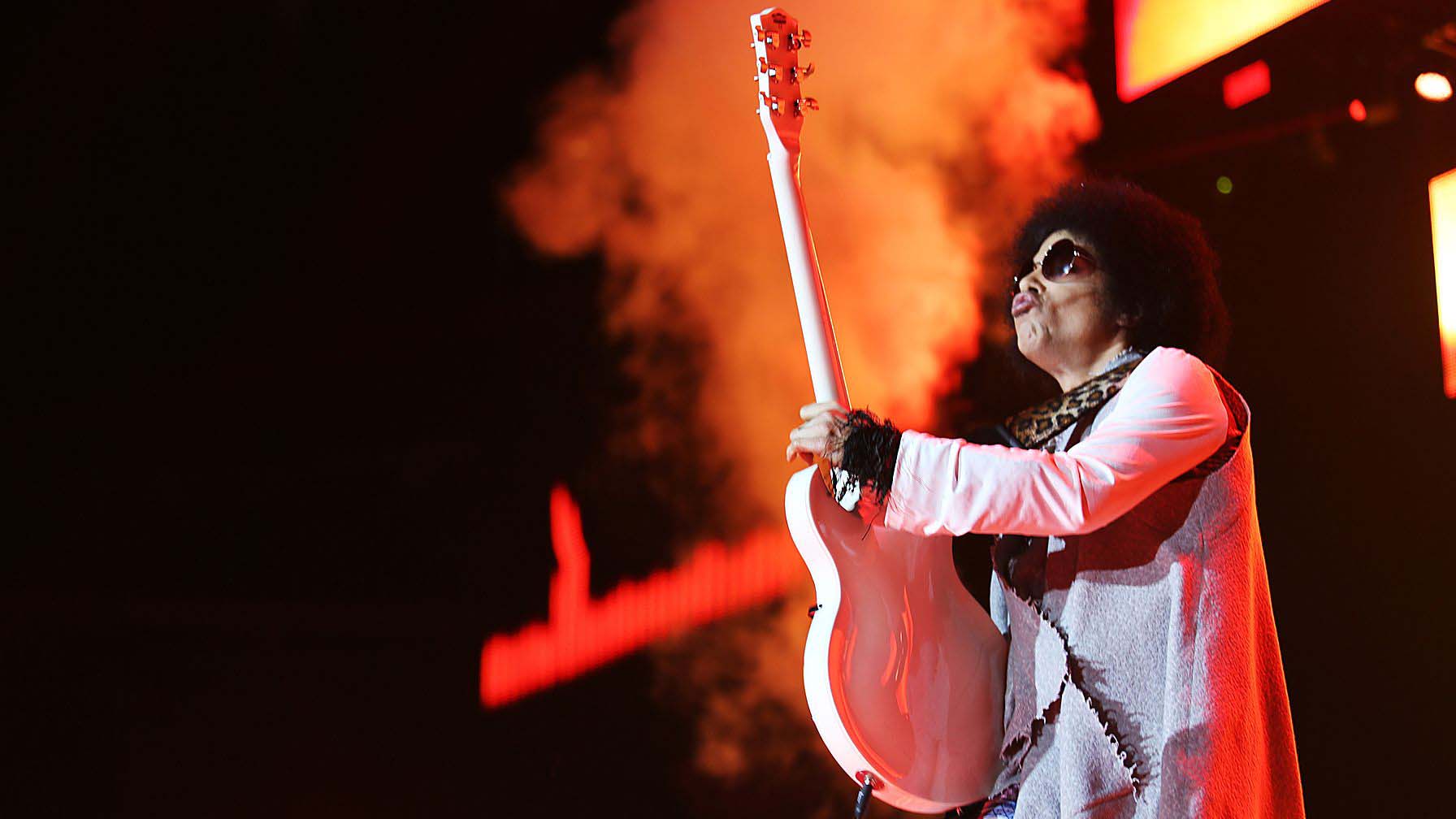
2. Be a slave to the rhythm
Prince was funky from the start; he wrote his first song at age seven, and it was called Funk Machine.
He was also a student of the Grand Master Funkateers; Brown, Bootsy, Sly, Clinton - while naming Sonny T (former New Power Generation guitarist), Tony Maiden (Rufus) and Ike Turner as key influences.
And this is the key to his DNA as a player: his masterful rhythm playing is what really set him apart. Being Prince, he had a distinct approach and opinion on the matter…
If you don’t have rhythm, you might as well take up needlepoint or something
“I’m always trying to work in the bass notes when I’m playing funk rhythms,” Prince told Guitar Player magazine in a rare guitar chat back in 2004. “It’s the same way that Freddie Stone [Sly And The Family Stone guitarist] would always play the same parts as [bassist] Larry Graham, but just a tad higher.
“Kids don’t learn to play the right way any more. When the Jackson 5 came up, they had to go through Smokey Robinson and the Funk Brothers, and that’s how they got it down. I want to be able to teach that stuff, because kids need to learn these things, and nobody is teaching them the basics.
“See, a lot of cats don’t work on their rhythm enough, and if you don’t have rhythm, you might as well take up needlepoint or something. I can’t stress it enough.”
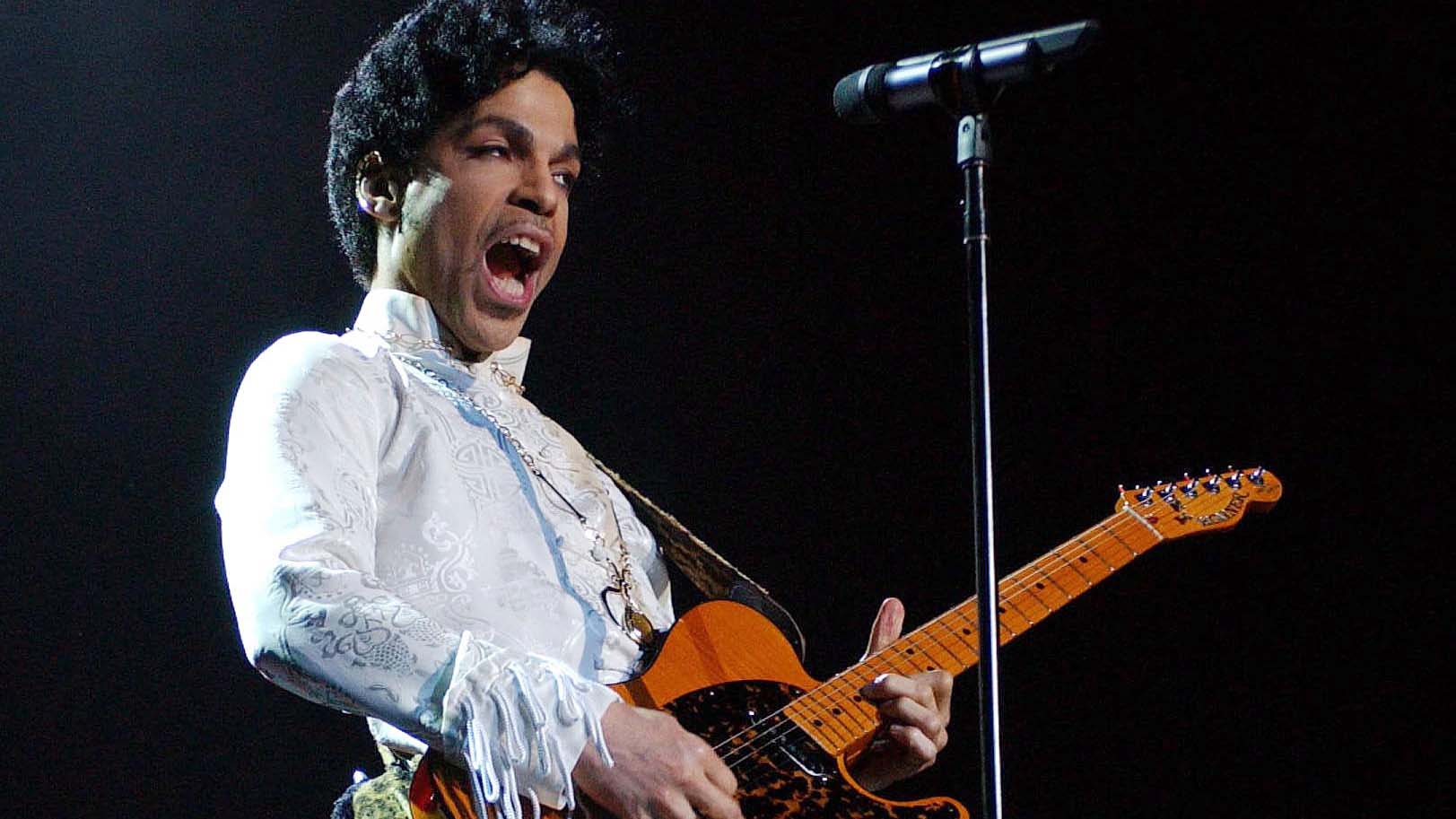
3. Make your solos fly
Prince could certainly shred with speedy runs, but if you haven’t watched the YouTube clip of him stealing the show in 2004 from Tom Petty, Jeff Lynne and Steve Winwood with his Hohner T-style on a two-minute extended outro in While My Guitar Gently Weeps, do so now.
It’s one of the glorious moments of his live blend of taste and heroics that hasn’t been taken down from the site (for now, at least).
When Prince went off on a pentatonic rock solo, it was pure emotional expression being mined with a Santana-level vibrato (Prince was a huge admirer of the early Santana records especially), and he understood the power of holding a sustained note for the emotive shot to the heart.
But his energetic improvisation was always anchored in the hooks reflected in his approach to vocal melody construction.
“Guitarists should listen to singers for solo ideas - especially women singers,” he told Guitar Player in that 2004 interview.
“Women haven’t had a chance to run the world yet, so you still hear the blues in their singing. Try to play one of the runs that Beyoncé or Ella Fitzgerald does, and you will surely learn something.”
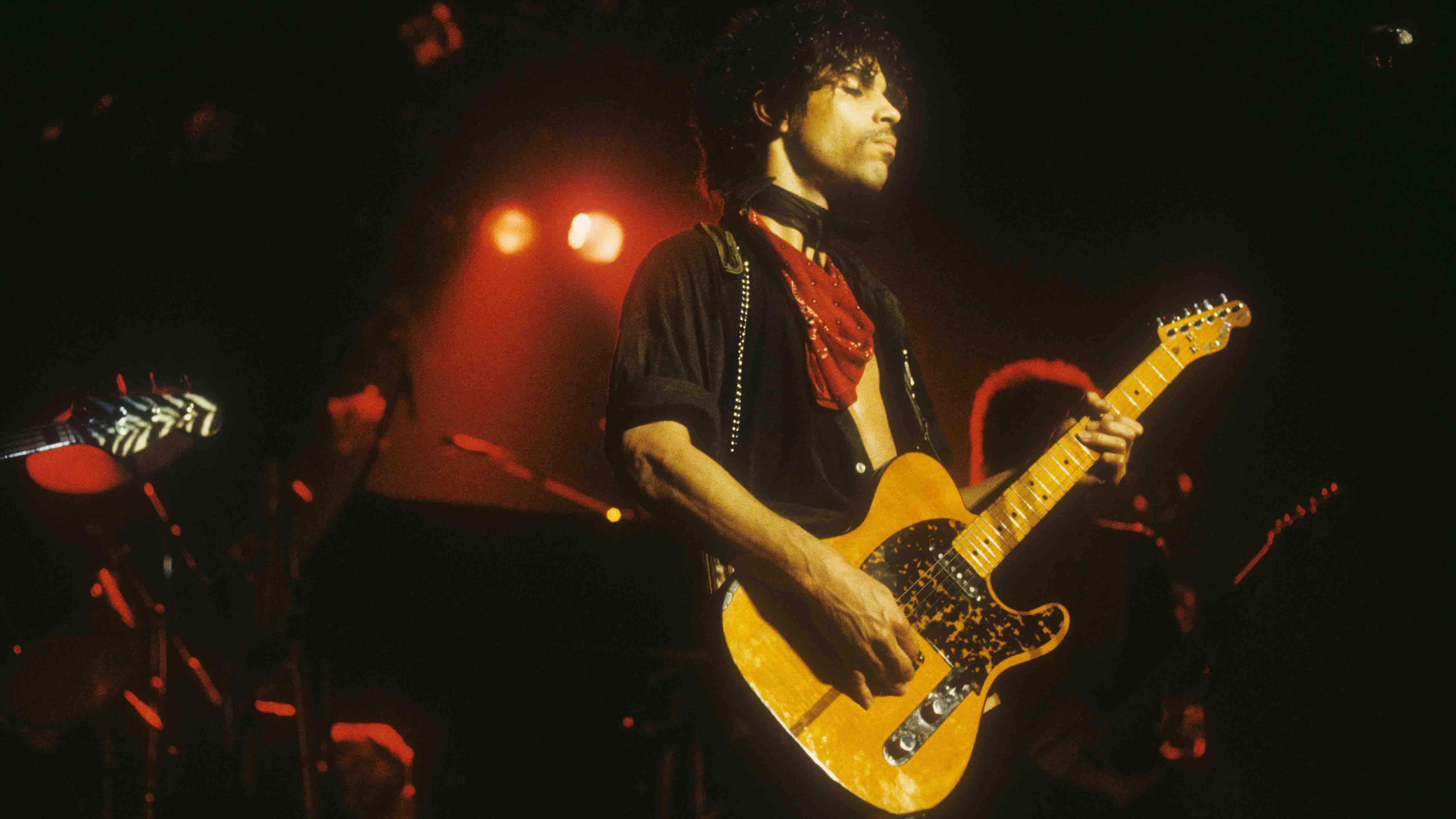
4. Groove through the genres
Prince was completely committed to his creativity; he founded his own Paisley Park Studios and estate in the city of Chanhassen, Minnesota as a base to develop his music - it was also the site of his death.
By 1987’s Sign O’ The Times, he was ready to showcase his most chameleonic and arguably finest work with the double-opus touching on a wide range of styles: pop, funk, soul, jazz - his parents were both jazz musicians - through rock, psychedelia and even electronic sampling on If I Was Your Girlfriend.
He could be brilliantly sparse with his blues (the politically-fired title track’s tasty licks), add the perfect riff and melodic leads to drive his anthemic pop sensibilities (I Could Never Take The Place Of Your Man), hold down taut James Brown-esque funk (It’s Gonna Be A Beautiful Night) and take a surprising diversion into raw overdriven rock (The Cross).
And that was just one of nearly 40 studio albums, although be warned: his jazzy departures on 2001’s The Rainbow Children and instrumental excursions on 2003’s N.E.W.S. and Xpectation are not his best work by any stretch.
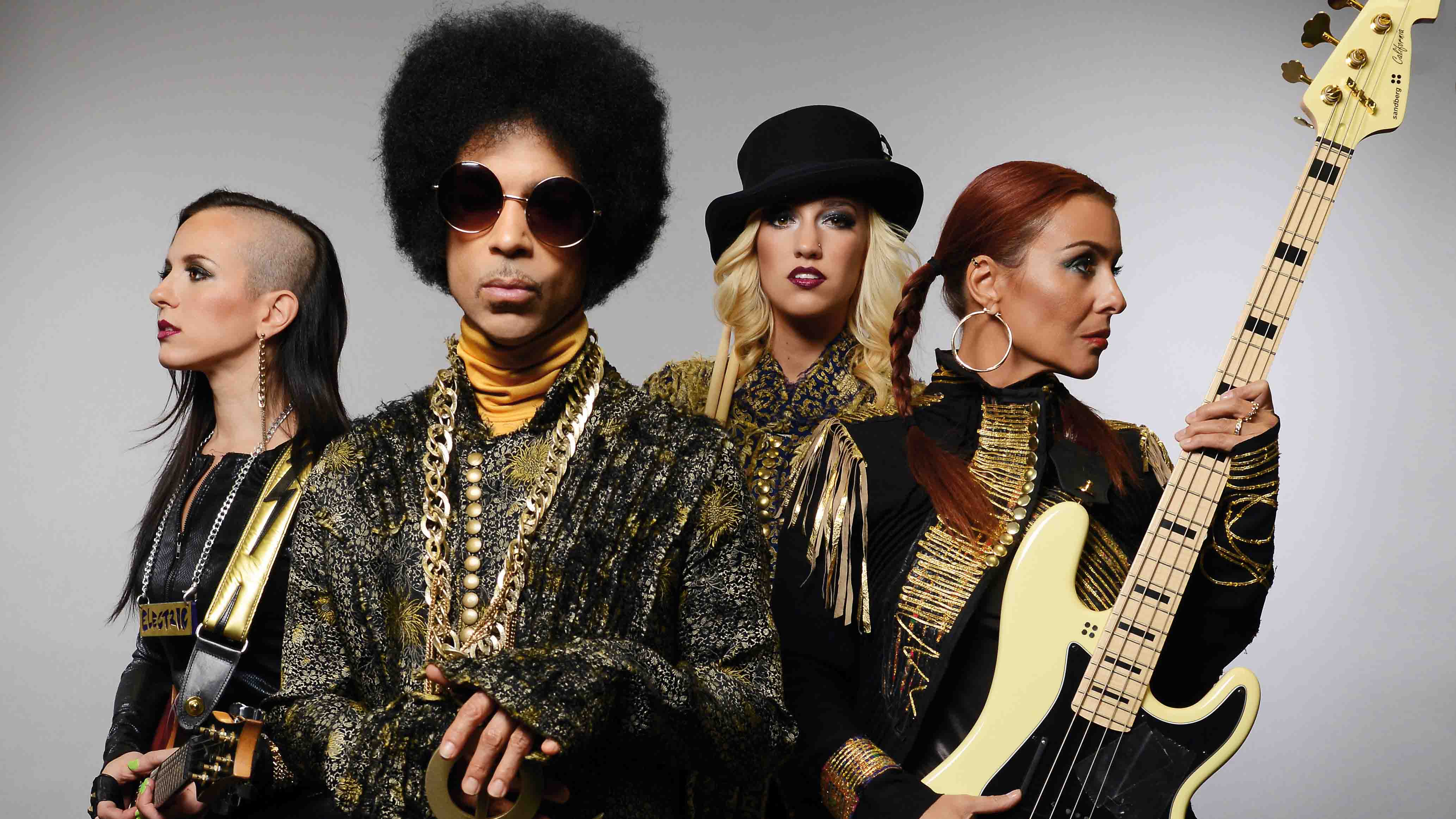
5. The band help maketh the man
Like all great showmen, Prince understood that his talent needed the right band around him to really shine live. Though he’d frequently track instruments himself in the studio, he carefully chose and nurtured the best to back him onstage.
It began with The Revolution, the backing band he formed in 1979. Dez Dickerson was his guitar wingman - he supplied the stunning solo for Little Red Corvette - until the 1999 album when Wendy Melvoin took over. 1986’s Parade saw the folding of the Revolution, but since Prince’s death, they have announced their intention to reform and tour in his honour. After that came The New Power Generation.
Prince was always notably supportive of female musical talent, none more so than with his 2014 four-piece, 3rdeyegirl, which featured guitarist Donna Grantis, drummer Hannah Welton and Danish bassist Ida Kristine Nielsen.
“One of the main ones that comes to mind is committing and playing with a tremendous amount of conviction,” Donna told us last year of what she learned from Prince. “Playing always from the heart and with a great amount of purpose. He’s an incredible soloist and just a master rhythm player as well.”
Don't Miss
Donna Grantis on Prince, Paisley Park and PlectrumElectrum

Rob is the Reviews Editor for GuitarWorld.com and MusicRadar guitars, so spends most of his waking hours (and beyond) thinking about and trying the latest gear while making sure our reviews team is giving you thorough and honest tests of it. He's worked for guitar mags and sites as a writer and editor for nearly 20 years but still winces at the thought of restringing anything with a Floyd Rose.

